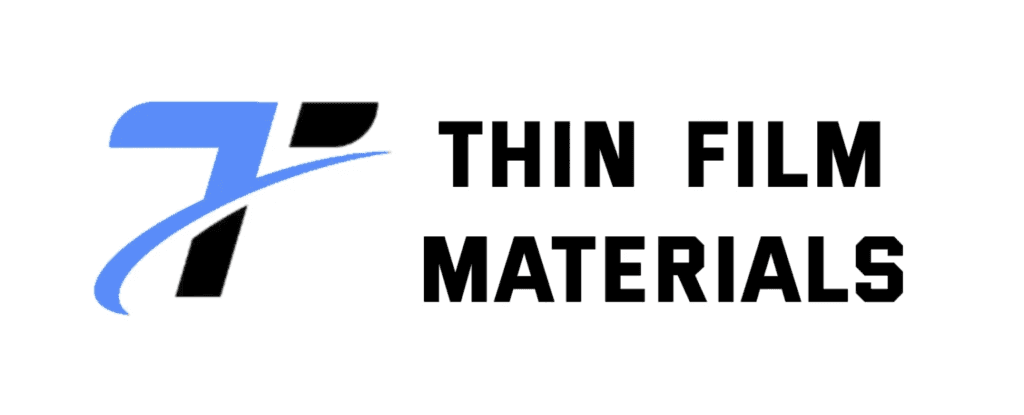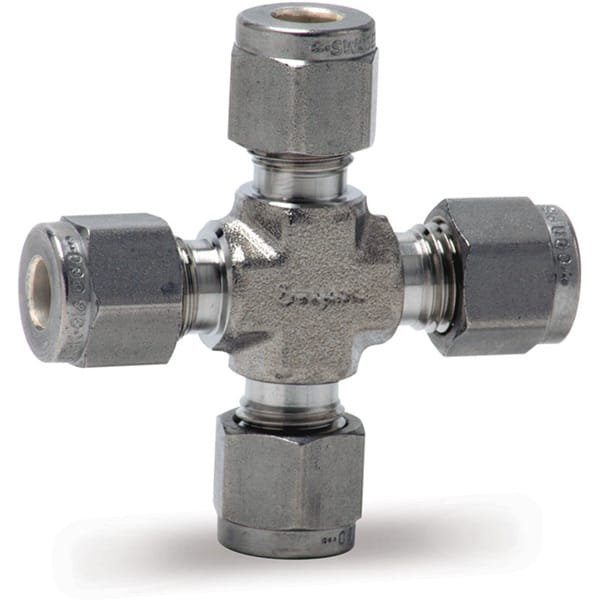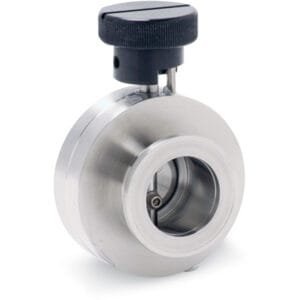Swagelok Union Crosses: Reliable Four-Way Tube Connections for Complex Flow Systems
Swagelok Union Crosses from TFM are engineered to create four-way intersections between tubing lines in high-integrity gas or liquid systems. Each fitting is equipped with four Swagelok compression ports, allowing tubing to connect from all sides while maintaining leak-proof, torque-free seals that Swagelok is known for.
These union crosses are ideal for applications requiring branching or merging of flow paths, pressure monitoring at system intersections, or creating symmetrical tubing layouts in confined instrumentation or process setups.
Key Features of Swagelok Union Crosses:
Leak-Proof, Torque-Free Sealing
Each tube connection is secured using Swagelok’s dual-ferrule compression system, delivering consistent gas-tight or fluid-tight performance without over-tightening.Four-Way Flow Configuration
With a cross-style geometry, Swagelok Union Crosses support symmetrical flow distribution, making them ideal for test rigs, sample manifolds, or central monitoring points.Cost and Safety Benefits
These fittings are specifically designed to prevent hazardous leaks in process or instrumentation tubing, reducing maintenance demands and supporting long-term system safety.Material Options for Targeted Use
Stainless Steel Union Crosses: Best suited for gas systems, corrosive environments, or ultra-high vacuum (UHV) assemblies.
Brass Union Crosses: Recommended for water systems, low-pressure applications, and general industrial fluid handling.
Compatible with Fractional or Metric Tubing
Swagelok Union Crosses are available in various sizes to suit standard tubing specifications, with smooth installation and repeatable performance in both bench-top and field environments.
Applications:
Multi-directional tube routing in instrumentation panels
Vacuum and pressure sensor integration points
Centralized sample injection or extraction junctions
Gas and fluid distribution manifolds
Cooling line distribution within compact equipment housings
TFM offers a comprehensive inventory of Swagelok-compatible components, including union tees, bulkhead fittings, NPT adapters, and valves, allowing full system design flexibility. The Swagelok Union Crosses are a foundational component for any tubing network requiring precision, safety, and structural integrity.





Reviews
There are no reviews yet.